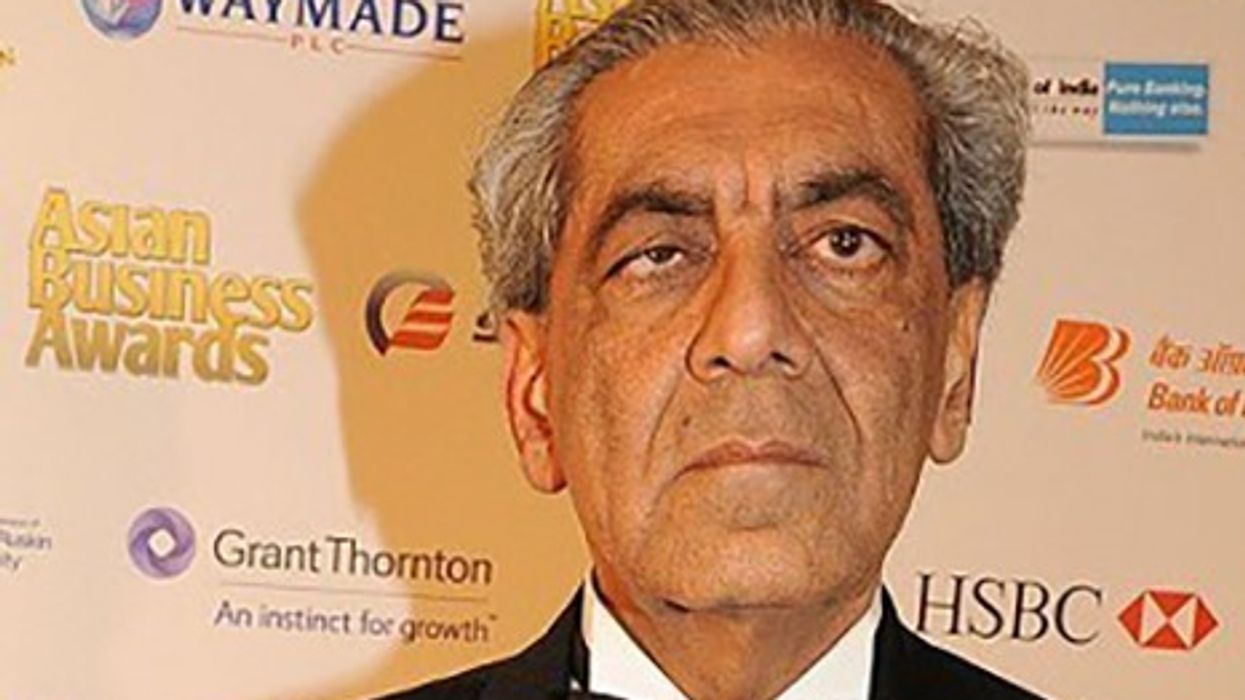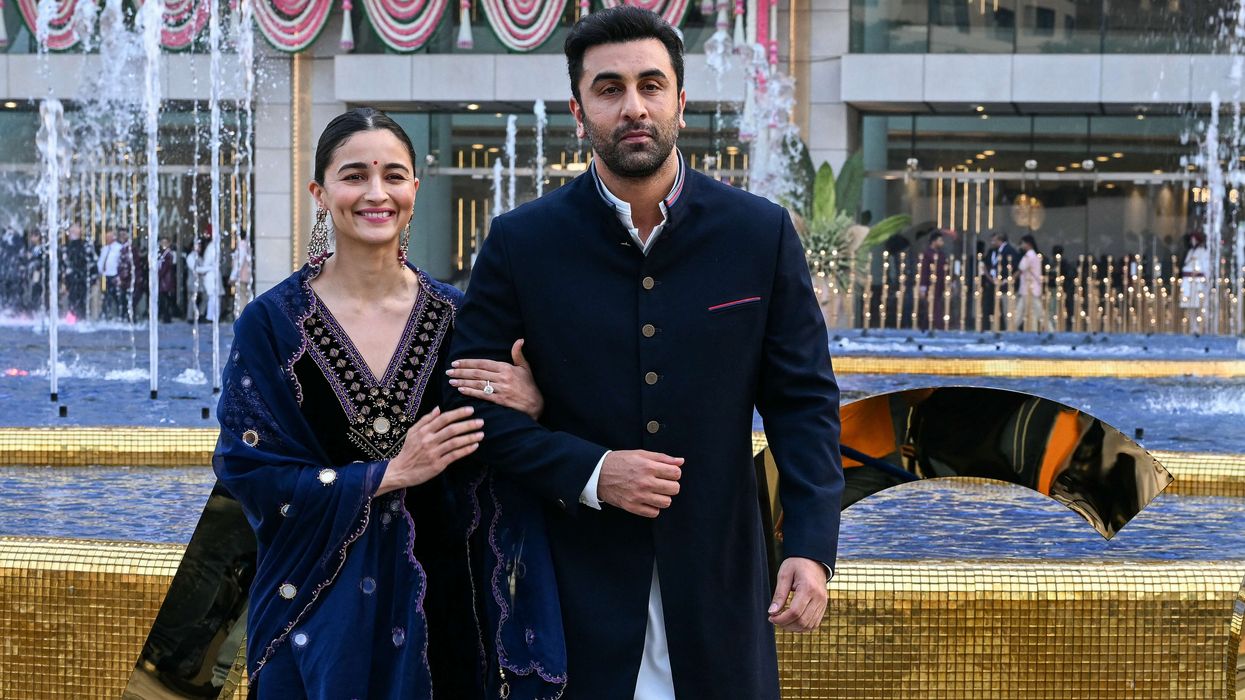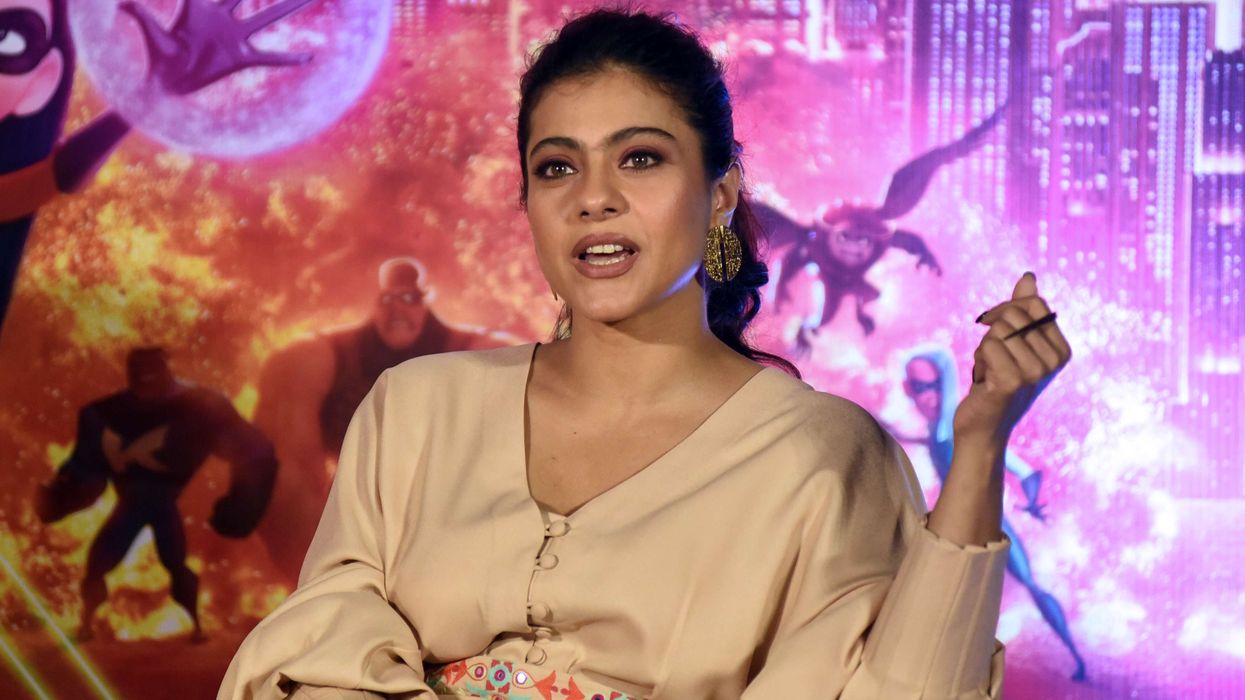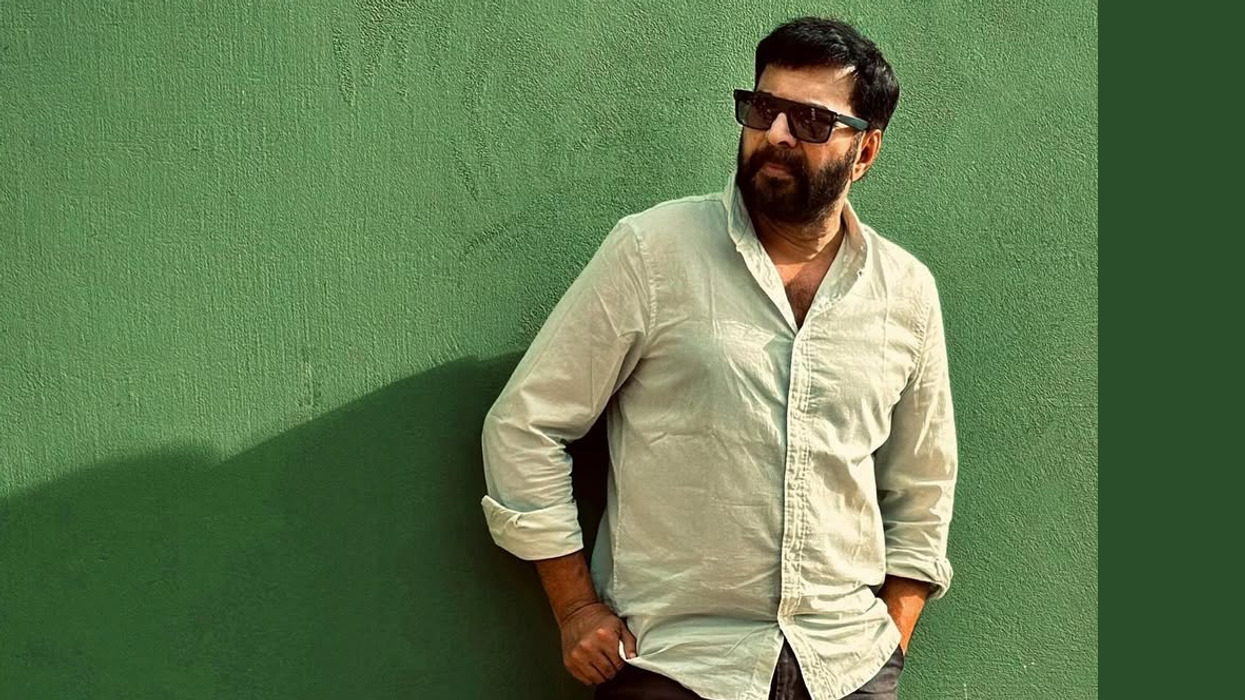HE IS a household name and one of the few artists who can command widespread recognition – not just in the UK but globally too.
Ever since he represented Britain at the Venice Biennale in 1990 and then going on to win the country’s most prestigious art accolade, the Turner Prize in 1991, he has been widely regarded as one of the most important contemporary artists of our times.
His last major UK exhibition at Houghton Hall in Norfolk was all set to open in March, when the pandemic struck and everyone was, more or less, forced to stay at home (unless they were involved in essential work).Much of the exhibition and the artefacts on display were lodged in the grounds of the stately home, originally completed in 1720.
Houghton House was once the home of Britain’s first prime minister Robert Walpole (1676-1745) and prime minister for 21 years from 1721. The Cholmondeley family, Walpole’s descendants’, still live in a wing of the house, while parts of the grounds and house are open to the public and have housed artist displays before. The spring exhibition had to be cancelled.
Thankfully, Anish Kapoor at Houghton Hall opened to the public in July and was a spectacular success.
The 24 exhibits vacated one of the country’s most illustrious houses and accompanying grounds on November 1 last year. Houghton Hall is seen as one of the best examples of Palladian architecture that exist in the country today. Italian architect Andrea Palladio (1508-1580) was inspired by the classical buildings of Ancient Greece.
Rose Hanbury, Marchioness of Cholmondeley, told Tatler: “It’s been wonderful to see how popular the show has been this year, with visitors coming from far and wide.”
Among the striking exhibits on display were Sky Mirror (2018), Eight Eight (2004), Grace and several stone and marble works simply known as Untitled.
Lord Cholmondeley declared Sir Anish to be a “magician” and said that the family was really thrilled to play hosts to the works of such an important and in some ways, genredefying artist.
Sir Anish diplomatically sidestepped Channel 4’s Jon Snow’s assertion that his artworks were appearing in a house and grounds, quite possibly built with some of the proceeds from slavery – the death of American George Floyd (May 25) and the subse[quent political turmoil revitalised Black Lives Matter and debates around slavery.
Kapoor recognised the issue but said most museums and stately homes “had put aside” that discussion and that school curricula in Britain really needed to teach children about colonialism and slavery.
Sir Anish himself is certainly no stranger to political debates; he has vociferously castigated Brexit and was among those who championed the Chinese artist Ai Weiwei when the Communist Party briefly detained him some years ago.
Perhaps this aspect of his political activism, if it can be termed such, was no more evident than when he appeared on the DiEM25 Channel on Youtube this summer, speaking to well-known Leftist Greek politician and economist Yanis Varoufakis.
Varoufakis got Sir Anish to speak about his upbringing and life in Mumbai (or Bombay as it was then) before Sir Anish came to the UK in 1973 and first attended Hornsey School of Art and then later Chelsea College of Art. It offered a fascinating insight into the young Kapoor and you couldn’t help but feel it has influenced his work and outlook.
His father was a Punjabi non-practising Hindu, who had dreams of entering Bollywood but ended up as an Admiral in the Indian Navy, and his mother was a Jewish refugee from Baghdad who had settled in Pune in the 1920s as a girl. Her father was a Kantor at the synagogue there and his parents married against the wishes of both communities – perhaps explaining Sir Anish’s own non-conformity and rebelliousness.
“From very early on, our mother gave us the idea that her children (Sir Anish has a brother) needed to get out of India,” he recounts in the Youtube discussion.
He said he was exposed to diversity early at school in Mumbai, where he encountered those of others faiths, including Muslims, and grew up believing the world outside the classroom was not too different, so it was a shock when he turned up at a kibbutz in Israel as a late teenager and was labelled ‘kushi’.
“It took me back,” he says. “And being described as a certain type of outsider.”
He realised Israel wasn’t for him and nor was the profession that he was thinking about – in India, it was, and still is, in too many cases, fairly standard for folks in to believe that their offspring should go into engineering, medicine or the law or join the forces.
“My story was that I had to be an engineer.
That is what Indian boys did. I already knew that I wanted to be an artist,” he has shared with Varoufakis.
At art college – crudely he found himself. He remembered a young Marina Abramovic visiting and cutting herself up literally – Abramovic is a much celebrated performance artist who commands global attention these days, but then in the 1970s she was just starting out.
He slipped into teaching art in Wolverhampton, and stepping into Enoch Powell country was personally tough. The Conservative MP for the town had made the inflammatory and infamous Rivers of Blood speech in 1968, claiming mass non-white immigration (encouraged by him in the post-war period and subsequent governments) would lead to a race war in Britain.
For the next 10-15 years after this, racism on the street went pretty much unchecked and few ethnic minority communities were spared.
The times were not the best, Sir Anish recounts: “Racism was quite strong – I had a white girlfriend.”
He talked about his first show in Paris and being referred to as an “Indian artist”. It made him wild with anger.
“They would never do that to an American artist,” he fumes.
He remains a totemic figure and for some his progressive politics, his championing of liberal causes, have made him a target on the Right.
But these so-called keyboard warriors miss the art and focus too narrowly on what Sir Anish might say or do.
He is an artist who can easily pack the Royal Academy in London or whose work such as Cloud Gate (Kapoor’s own title) or The Bean in Chicago (to give its popular one) is one of the tourist attractions in that city and increasingly, draws crowds to it, and of course the ArcelorMittal Orbit in London’s Olympic Park is part of his legacy, and it strongly suggests that his work and his life will be with us much into the future.







